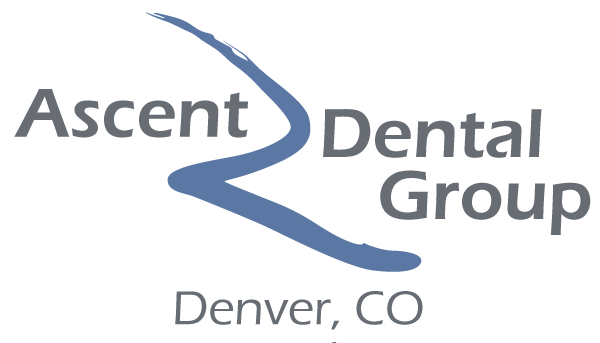Sedation
Sedation Dentist Denver
For people who avoid dentists due to high fear and anxiety, we offer sedation dentistry. Sedation can be used for everything from invasive procedures to simple teeth cleanings. How it’s used depends on the severity of the fear and the kind of treatment needed.

What Is Sedation Dentistry?
Sedation dentistry uses different medications to help patients relax during procedures. It’s often referred to as “sleep dentistry,” although that’s not entirely accurate. Patients are usually awake with the exception of those who are under general anesthesia.
The levels of sedation used include:
- Minimal sedation — you are awake but relaxed.
- Moderate sedation (formerly called “conscious sedation”) — you may slur your words when speaking and not remember much of the procedure.
- Deep sedation — you are on the edge of consciousness but can still be awakened.
- General anesthesia — you are completely unconscious.
What Types of Sedation Are Used in Dentistry?
Inhaled minimal sedation.
You inhale nitrous oxide — otherwise known as “laughing gas” — combined with oxygen through a mask that’s placed over your nose. The gas helps you relax (commonly compared to having an alcohol buzz). We control the amount of sedation you receive, and the gas wears off quickly. This is the only form of sedation where you may be able to drive yourself home after the procedure. Nitrous can be combined with other types of sedation as well.
Oral sedation.
Depending on the dose given, oral sedation can range from minimal to moderate. Typically Triazolam is prescribed, which is a member of the same drug family as Valium. The medication is usually taken about an hour before the procedure. You will feel drowsy, although you’ll still be awake. Another dose may be given in the office during the procedure to produce moderate sedation. This is the type of anesthesia most commonly associated with sedation dentistry. Some people become groggy enough from moderate oral sedation to actually fall asleep during the procedure. You can still be awakened with a gentle shake. Moderate sedation can make appointment times longer as we have to wait for the effects of the medicine to kick in. Minimal and Moderate sedation requires a ride to and from the appointment.
IV moderate sedation/Deep sedation.
You receive the sedative drug through an IV placed by an anesthesia nurse , so it goes to work more quickly. This method allows the anesthesiologist/CRNA to continually adjust the level of sedation. This type of sedation does require a ride to and from the office and is highly recommended for high anxiety, fear, and major dental work. Most patients associate this type of anesthesia with wisdom teeth extraction.
General anesthesia
– this type of sedation is completed in the hospital as significant monitoring equipment is required. We do not offer this type of sedation in the office.
